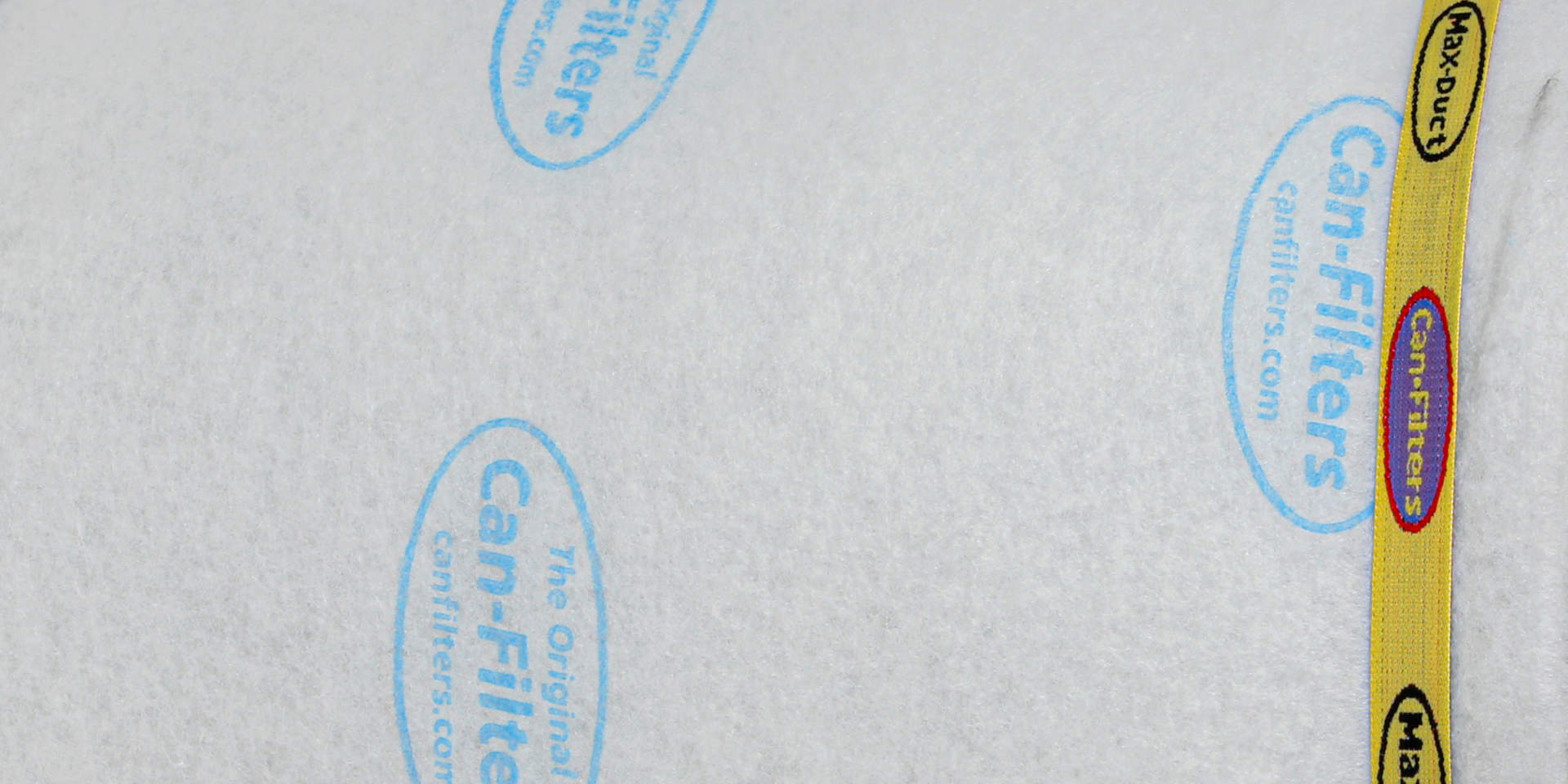Why Can-Filters?
First, why carbon filters?
Activated carbon filters have been proven an effective tool for air filtration, removing a variety of VOCs (volatile organic compounds), odors, and other gaseous contaminants. They work by a process known as adsorption where VOCs, odors, and other gaseous contaminants adhere to the carbon’s surface. Can-Filters uses only the highest grade and responsibly sourced carbons.
Can-Filters uses only the highest grade and responsibly sourced carbons.
vs. Other Carbon Filters
Can-Filters uses the highest grade carbon carrying the highest CTC (First, why carbon filters? Activated carbon filters have been proven an effective tool for air filtration, removing a variety of VOCs (volatile organic compounds), odors, and other gaseous contaminants. They work by a process known as adsorption where VOCs, odors, and other gaseous contaminants adhere to the carbon’s surface. We also manufacture the LARGEST and smallest filter sizes allowing for the widest range of versatility in your system design right here in North America.
We also have the most experience with nearly three decades of filter production under our belt, simply put, we’ve been at this longer than any of our competitors.
vs. Ultraviolet (UV)
Will also destroy non-UV stabilized plastics (your stuff) and according to the United Sates EPA should be applied with but not as a replacement for filtration systems.
vs. Ozone (O3)
Ozone destroys the molecules, reactions from this can create new or worse contaminants. They are more commonly referred to as pollutants than cleaners and increase human cardiopulmonary health risks. Ozone is considered a toxic gas by the United States EPA.
vs. HEPA
HEPA stands for High-Efficiency Particulate Air. These are excellent, although highly restrictive particulate filters but will not capture VOCs, odors, or other gaseous contaminants, they collect particulate only (dust, pollen, etc).
vs. Odor Neutralizing Agents (ONA)
Neutralizers work by permanently binding to the contaminant/VOC (odor molecule) and masking it. Sprays or gels released into the environment may end up bonding to unwanted places and introduce a chemical that may be considered a contaminant into the environment. With carbon, nothing is introduced to the environment but instead, the environment is introduced to the carbon.

